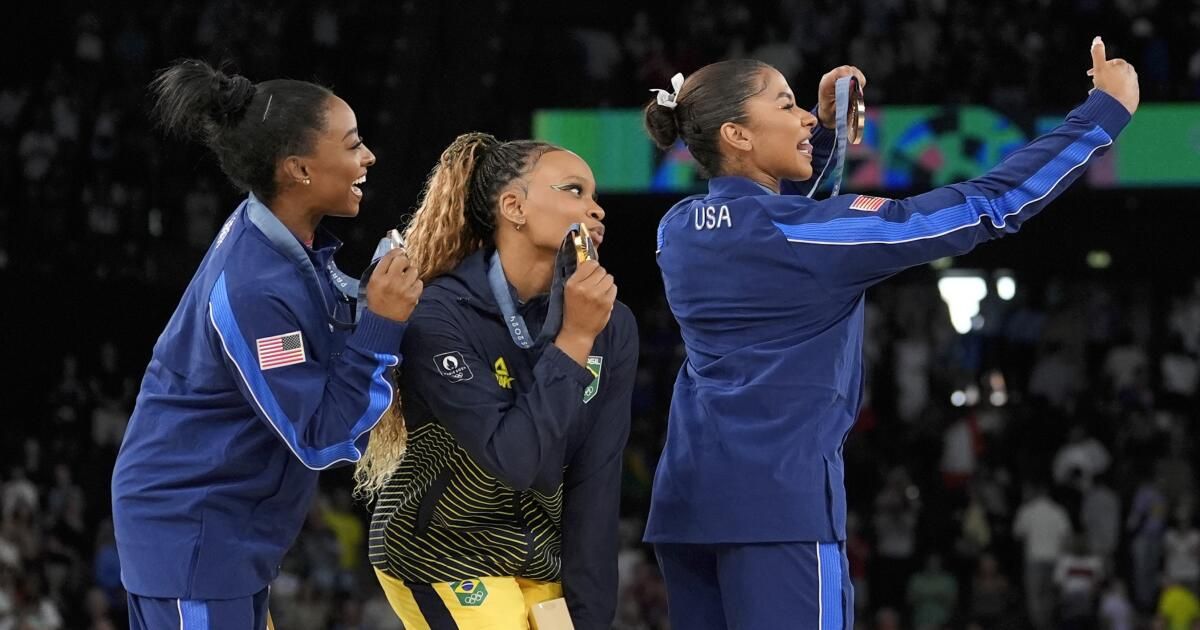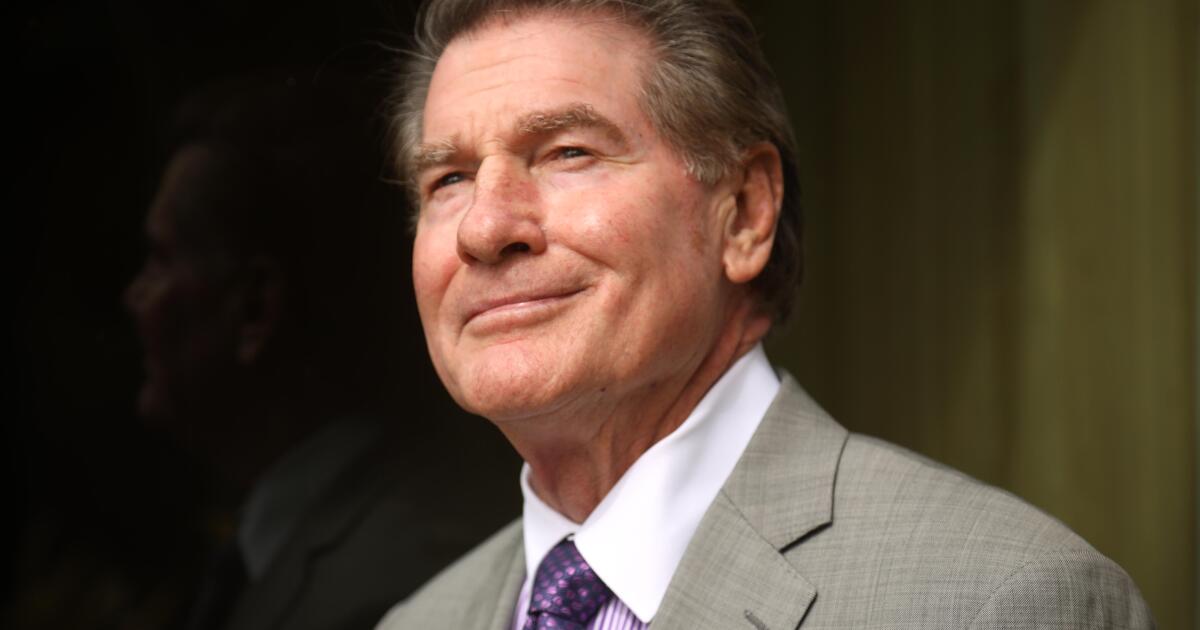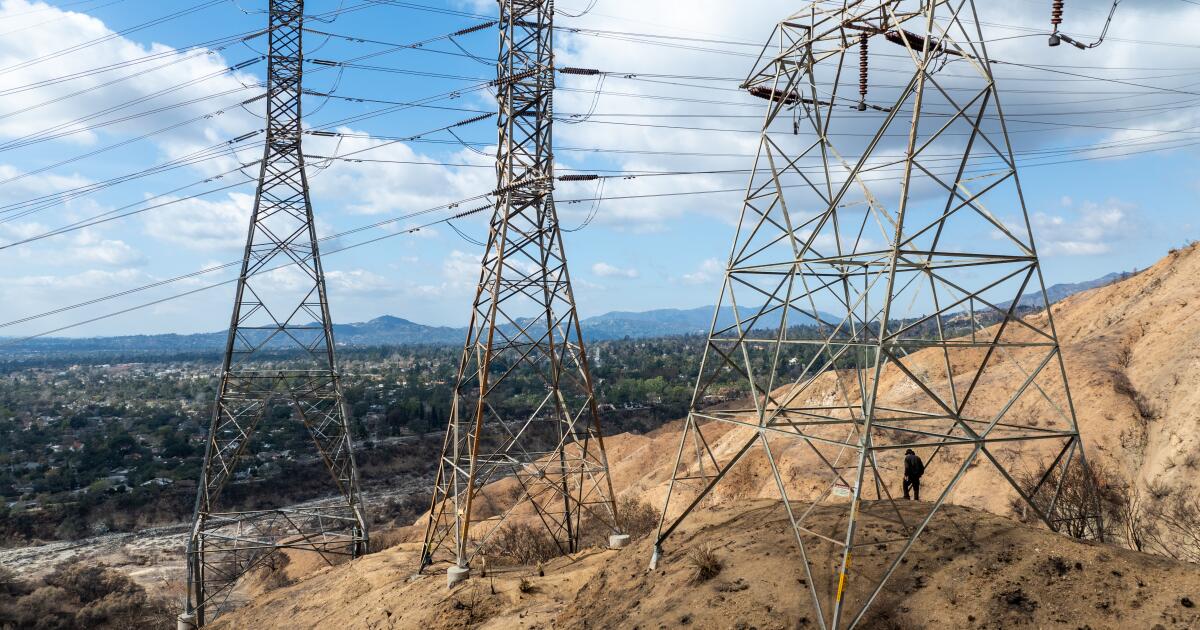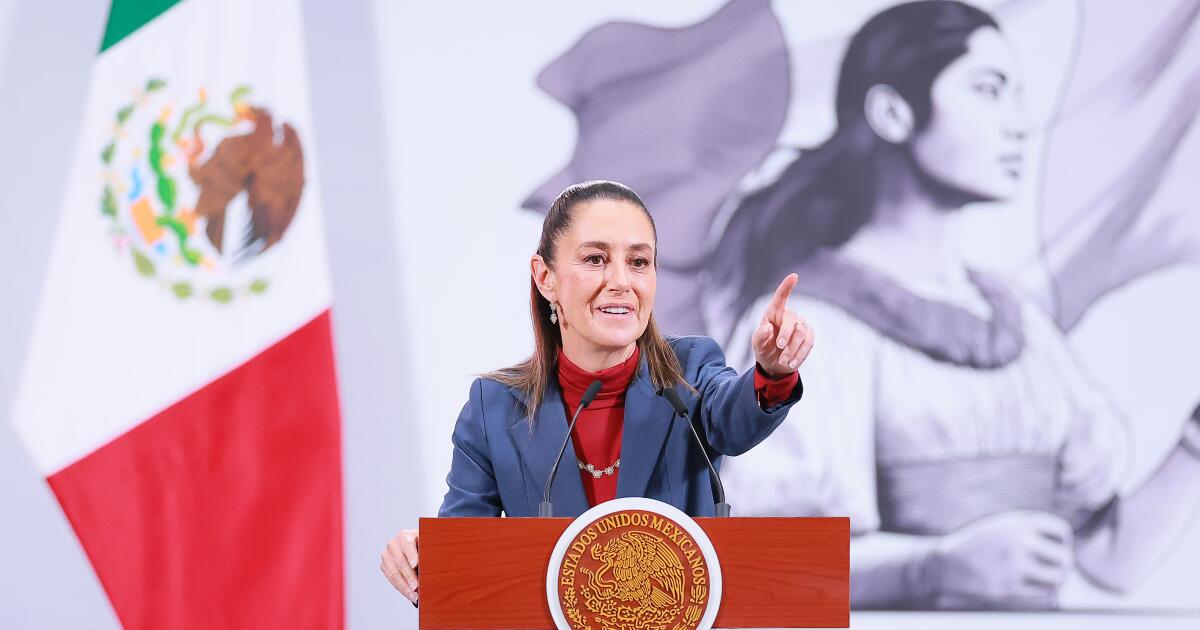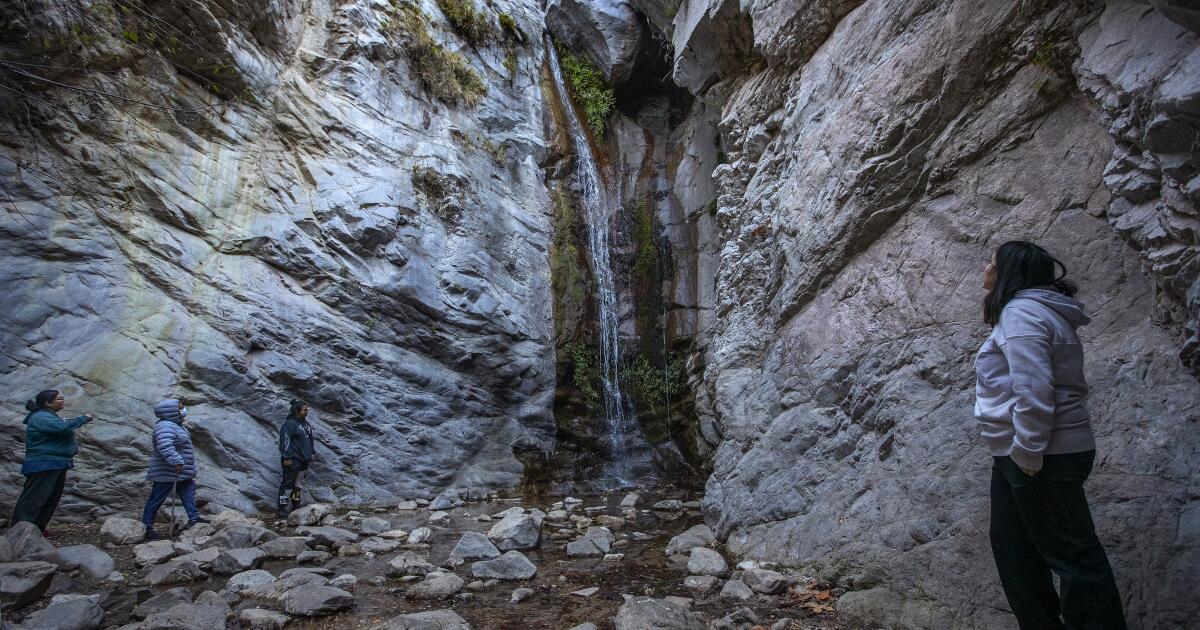This year, quotas requiring an equal number of female and male athletes resulted in a Summer Games Closer to gender parity than any other Olympian in history.
The International Olympic Committee's emphasis on balancing medal opportunities and the list of participants by gender creates an undeniable victory for female athletes. They were not even allowed to participate in the 2020 Tokyo Olympics. First Olympics in 1896 and accounted for only 2.2% of all athletes in 1900, when they were finally “included” – in tennis, golf and some other “ladies” sportsThis year's games are on track to have close to 50% female competitors, meaning more women have participated than ever before.
Women have filled social media with captivating stories on a daily basis – not just the dominance of gymnast Simone Biles or swimmer Katie Ledecky, but also Lee Kiefer’s gold medal in fencing, Ilona Maher putting “beast mode” into the zeitgeist through women’s rugby and Gabby Thomas winning her first gold medal on the international stage. Of course, other female athletes have faced criticism, as seen with boxers. Imane Khelif and Lin Yu-ting after the International Boxing Association alleged that they had failed unspecified gender eligibility tests. The IOC stood by the athletes, who demonstrated hard work and discipline, and hopefully changed perceptions about what female athletes can achieve.
The diversity of options and angles for covering big-name players available to the media this year continues a trend. For the first time, the NCAA women’s championship game drew more viewers than the men’s, peaking at 24 million. Stars like Caitlin Clark, who graduated from Iowa this year and plays for the WNBA, created a wave that peaked at the Olympics, drawing rabid new fans. Biles is a beast, with an audience that includes Snoop Dogg watching every rotation in awe. These athletes don’t just have presence, they have star power.
Icons and numbers matter. When female athletes see their successful peers, they gain space to focus on competing and fulfilling their potential rather than breaking molds. The problem is that, more generally in sport, many numbers still seem abysmal for women. Men’s sports still dominate in terms of sponsorships, merchandise and, perhaps most importantly, salaries. Clark's rookie salary — $338,056 Over the next four years, it's a small fraction of the four-year, $55 million contract signed by Victor Wembanyama, the first pick in last year's NBA draft.
Meanwhile, not all geographical areas and sports are built in the same way. Even in these countries where “gender equality” is an issue. Paris OlympicsIn six countries, there were no women competing, while in Mali, Botswana, El Salvador, Qatar and other countries there were less than 15% women participants. Swimming, football, hockey and, perhaps surprisingly, equestrianism are among the disciplines in which more men compete than women.
And that's just the situation for athletes. There are also huge disparities between the people who train, support and prepare them. Tokyo in 2020According to the IOC, only 13% of coaches were women. This year, that number is expected to rise. Less than 23%.
I know firsthand the loneliness of being a coach. Recently, when I attended a baseball coaching seminar at Dodger Stadium as part of a community development program, I was one of only a few women among a hundred coaches. In my subgroup, I was the only female (and an American Indian) participant. Not a single speaker or coach of the six individuals who led the seminar was a woman. In that context, I felt like I had to demonstrate something spectacular about my ability and acumen—a somewhat ridiculous, self-imposed standard. I was also nervous about asking some basic coaching questions (what is a classic batting stance, and why, again, do we teach kids fastballs and not curveballs?), which I worried would confirm assumptions about my qualifications to coach.
Female coaches can provide female athletes with crucial insight into their needs and potential, and can offer a fresh perspective to athletes of all kinds. The IOC seemed to recognise this when in 2021, in response to the discouraging numbers of female coaches, it created a training programme. Since its launch, the programme has Trained more than 100 womenalthough only 10 of them are female coaches in Paris. In addition, the IOC is working to achieve parity between female referees and female judges.
These programs should be replicated locally and encouraged in youth sports. To paraphrase a Kevin Costner scene in “Field of Dreams”: “If you build it, she will come.” We can achieve what we want by building the infrastructure to support it. Right now in Paris, we are seeing a top-down mandate that helps female athletes get their rightful moment in the spotlight. But we also need to build the “field” from the bottom up, investing locally in the same ideals that we demand from the biggest sporting stage imaginable.
Avni Shah is a writer and mother of two. Her work has appeared in InStyle, Salon, Huffington Post and more.

